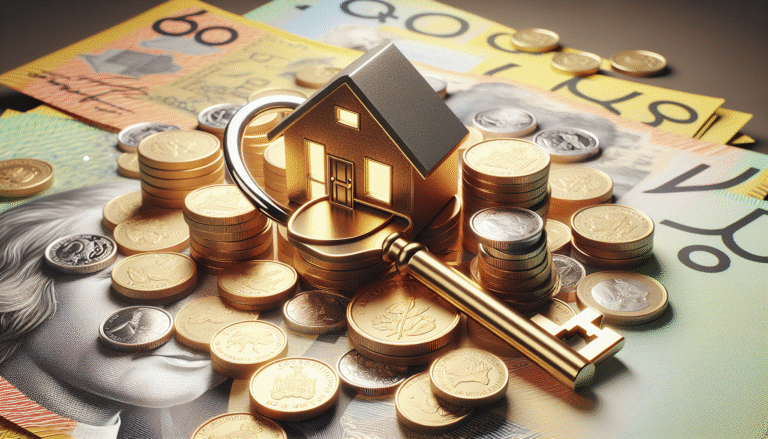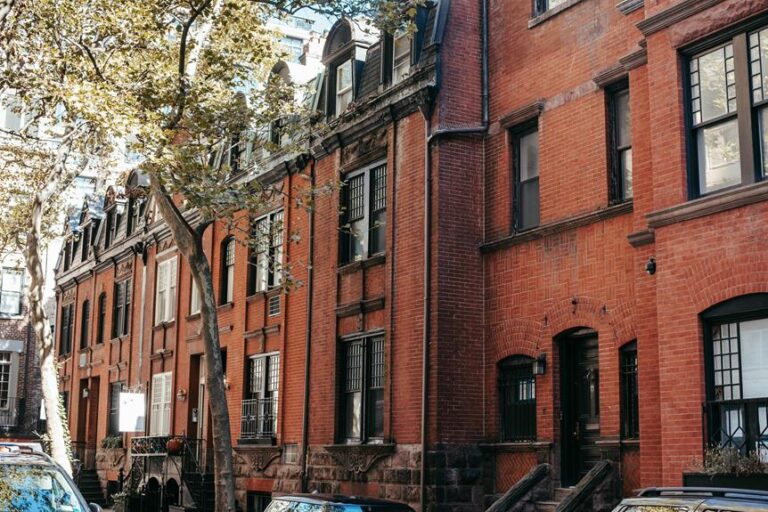Melbourne’s Housing Market Defies National Trends
Melbourne's housing market has bucked a national trend of steady gains, posting a median dwelling price of approximately $776,000 as property prices continue to steadily fall. Unlike other Australian capitals, Melbourne's market has been impacted by a surge in property listings, resulting in a 25% above-average supply and reduced competition. Shifting buyer preferences towards owner-occupiers and limited investor activity, with growth of only 9% in Victoria, have contributed to the market's unique dynamics. As the market adapts to various economic influences, further analysis reveals some intriguing trends and submarket patterns that merit closer examination.
Melbourne's Current Market State
In the current landscape of Australia's housing market, Melbourne's median dwelling price stands at approximately $776,000, with property prices having steadily fallen, diverging from the trends observed in other Australian capitals.
This decline has led to a relatively more affordable market, with housing affordability in Melbourne ranking only behind Hobart and Darwin.
The rental market has also been impacted, with increased supply and reduced competition among buyers contributing to lower prices.
Total property listings in Melbourne are running 25% above average levels, further supporting the notion of a buyer-friendly market.
The ample housing supply has been a key factor in the city's unique market situation.
Market Dynamics and Trends
What factors are driving the unusual trends in Melbourne's housing market, and how do they differ from those in other Australian capitals?
The city's market dynamics are characterized by shifting buyer preferences, with investors playing a less prominent role compared to owner-occupiers.
Investment strategies have also adapted, with Victoria experiencing a relatively modest 9% growth in investor lending over the past year, considerably lower than the 30% growth seen in other states.
This, combined with increased property listings, has led to reduced competition among buyers.
As a result, Melbourne's housing market is witnessing a unique set of trends, with prices influenced by a delicate balance of supply and demand.
Economic Factors at Play
Melbourne's market dynamics, driven by shifting buyer preferences and relatively modest growth in investor lending, are intertwined with a broader set of economic factors that play a significant role in shaping the city's housing market.
Recent changes in tax implications, such as the implementation of a new tax on investment properties and the reduction of the land tax threshold from $300,000 to $50,000, have had a notable impact on investor behavior.
As a result, investor lending in Victoria has increased by only 9% over the past year, compared to 30% growth in other states.
These economic factors contribute to the unique situation in Melbourne's housing market, where state debt is projected to approach $200 billion in the coming years.
Submarket Insights and Analysis
Beyond the city-wide trends, Melbourne's housing market is segmented into various submarkets, each with its unique characteristics and dynamics.
Luxury apartments in inner-city areas have experienced significant price drops, reflecting a shift in buyer sentiment. In contrast, the outer suburbs have seen a modest increase in prices, driven by first-home buyers and families seeking more affordable options.
According to CoreLogic data, about one-third of dwellings in Melbourne are apartments, which can skew median prices.
A closer look at submarket trends reveals diverse patterns within the overall market. For instance, areas with high demand for luxury apartments have seen prices fall, while middle and outer suburbs have maintained relative stability, highlighting the complexity of Melbourne's housing market.
Future Market Projections
Against the backdrop of a unique housing market situation, predictions for the future of Melbourne's property prices are cautiously optimistic.
While some experts expect price stabilization in the coming years, others foresee a moderate increase in prices. According to a forecast by the Commonwealth Bank, Melbourne prices are expected to rise by 4% next year, driven by interest rate relief.
This is in line with the historical correlation between interest rates and property prices. Investor sentiment is also expected to improve as the market adjusts to the new tax on investment properties and reduced land tax threshold.
As the market continues to evolve, it remains to be seen how these factors will impact Melbourne's housing market in the long term.







